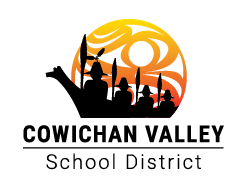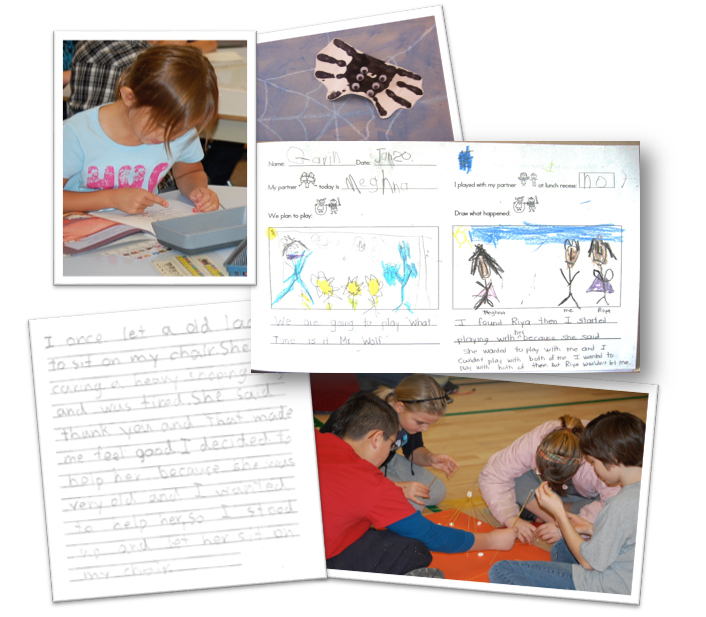
Communicating Student Learning K to 9
Context
In establishing reporting guidelines, the Cowichan Valley School District is committed to moving beyond reporting as a summative event toward honouring learning as an on-going process. The district also continues to be committed to providing on-going and responsive forms of communication that are inclusive of all voices: teachers, students, and parents. BC’s curriculum plays a foundational role in this shift. As the curriculum changes, so must the assessment and communication of student progress.
Our goal is to enhance and improve the communication process so that parents/guardians have a clear picture of their child as a learner, a window into their child’s educational experience, and an increased ability to support their child. In this way, communicating student learning aligns with the curriculum and instruction, enables communication, and clarifies supports for students.
Communicating about student progress should make clear the extent to which a student is meeting age/grade expectations and developing the necessary knowledge, competencies, and understandings. It should also clearly identify any concerns about student progress. Additionally, communicating about student progress should provide a clear idea of their interactions with peers, their ability to be personally aware and responsible, and their contributions to the classroom, school, and community.
Effective Communication with Parents and Students
Effective communication between the home and the school is central to student success. The goal of communicating student learning is to ensure that communication between home and school is effective and ongoing, so that:
- parents/guardians are well informed about their child’s progress;
- parents/guardians are involved as partners in a dialogue about their child’s progress and the best ways to support and improve learning; and
- students are provided with information that is meaningful to them and helps them to improve their own learning.
Quality assessment and communication of student learning are connected to quality learning. Research provides evidence that significant gains in student learning can be achieved through quality assessment practices. We accomplish this by clearly communicating the learning objectives, ensuring that students and parents have an understanding of the success criteria, and that they are engaging in assessment and Communicating Student Learning (CSL) practices that:
- are fair, transparent, meaningful, and responsive to all learners;
- focus on all components of the curriculum;
- provide on-going descriptive feedback that is linked to the learning standards;
- promote development of student self-assessment and goal-setting for next steps;
- allow for a collection of student work to be gathered over time to provide a full profile of the learner and learning; and
- communicate clearly to the learner and parents/guardians where the student is at in relation to their learning, what they are working towards, and ways that learning can be supported.
Ministerial Policy, Orders, and Regulation
The Student Reporting Policy (July 1, 2016) allows for variations and flexibility in reporting practices by supporting districts in establishing local policy and procedures. The Guidelines support districts in continuing to align their assessment and reporting practices with Ministry of Education directions, including the modernized curricula, and ensure that reporting practices are responsive to student, parent, and teacher needs.
In Grades 10–12, there are no significant changes to the reporting order at this time. Changes to policy for these grades will occur as the Ministry finalizes the draft curriculum and establishes the Graduation Requirements.
Student Reporting Policy (Schedule 2) – Interim Student Reporting Guidelines:
Key Highlights
- Must provide parents/guardians with a minimum of five reports describing students’ progress in relation to the learning standards of the curriculum.
- Rather than focusing on formal and informal, reporting to parents/guardians should be timely and responsive throughout the school year.
- Reporting must include a written summative report at the end of the school year or semester.
The following Ministerial Orders and Regulation apply:
- Ministerial Order 192/94, the Provincial Letter Grades Order (PDF)
- Ministerial Order 191/94, the Student Progress Report Order (PDF)
- Ministerial Order 190/91, the Permanent Student Record Order (PDF)
- Ministerial Order 295/95, the Required Areas of Study Order (PDF)
- Regulation 265/89, the School Regulation (PDF)

